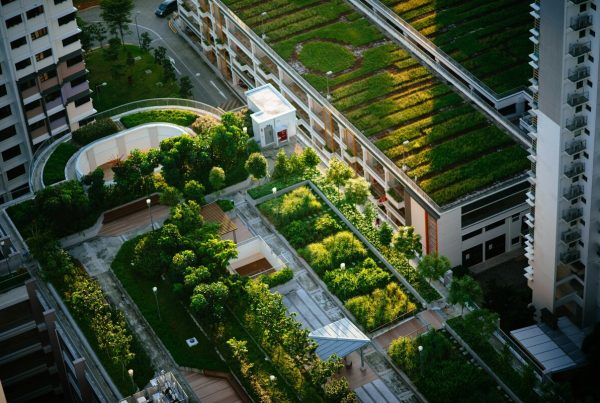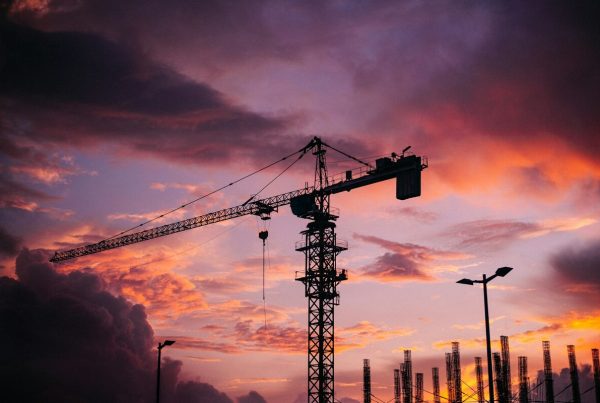We’re used to having our skyscrapers built out of concrete and steel, but wood?—Not really. Wood is meant for floors, paneling, and furniture, not as a major building material especially for skyscrapers. And yet, there’s new focus on wooden skyscrapers these days—buildings made of wood (yes!) that can reach a mind-boggling height of 20 to 30 stories. Just ask architect Michael Charter from the U.S.

Big Wood Skyscraper gets Honorable Mention at eVolo 2013 Skyscraper Competition (Image from Inhabitat.com)
His prototype for a mass timber structure gets honorable mention at the recently concluded eVolo 2013 Skyscraper Competition. Charter plans to build his mixed-use university complex in Chicago, aptly so because that’s the home of the world’s first steel-concrete skyscraper.
This shift from traditional concrete-and-steel high-rise buildings to wood-based structures is all about sustainable building. The construction industry accounts for about 40{e3829ec1db02d54faaf9fa2de0d48db26af01d7a7944a63c3b26976124791cab} of greenhouse gases worldwide, more than transportation and manufacturing industries. And concrete and steel, despite their high functionality, has high embodied energies as well. Concrete, specifically, accounts for about 5{e3829ec1db02d54faaf9fa2de0d48db26af01d7a7944a63c3b26976124791cab} of CO2 emissions worldwide.
That’s where wood comes in. Wood is not just a renewable resource; it’s also an efficient absorber of carbon dioxide. We know trees do that, but apparently, even when they’re cut into lumber, the resulting wood is still able to contain the CO2 absorbed by the tree in its lifetime—which will remain absorbed for the life of the building as well.
Needless to say, for wood to be truly a green alternative to concrete and steel, it has to come from responsibly managed forests.
Vancouver-based architect Michael Green has faith in wood as a building material too.
“Wood is the only major material that we can build with that’s already grown by the sun. …Ultimately the most technologically advanced material we can build with is something that we didn’t create. Photosynthesis and Mother Nature hold the patent on what created this incredible material. …What we have to get accustomed to is this idea that the earth is also a great opportunity for us to grow our homes. We’ve lost that for the last century but it’s possible today.”
In 2009, a nine storey condominium was built in London using prefab wooden panels called Cross-Laminated Timber (CLT)—the highest wooden building in the world thus far. CLT transforms wood into large format panels by stacking and gluing together layers of boards—they’re structurally strong, fire-resistant, and, actually fares better in an earthquake than steel does.
Despite these, many have concerns about high-performance glues used in CLTS, about whether forests would be sustainably harvested, as well as the energy used for transporting the wood.
Admittedly, says Green, a big part of the challenge is changing people’s mindset about wooden skyscrapers. Just as people in the past were wary to step inside early steel-and-concrete structures when they were first built, today’s people might have the same apprehensions about safety regarding a wooden building, let alone a ten storey one. There’s also the issue of local building codes, and insurance policies.
Ultimately, says Green, “Buildings have to change the way we think.”
For now, wooden skyscrapers aren’t likely to rival the world’s tallest structures. Thirty storeys seem to be the limit, but engineers are working on making them higher and stable. Once they get past the issues of structural integrity, they can move on to aesthetics. In the past, we judged a building’s aesthetics in terms of the glorious melding of concrete, steel, and glass. Now, wood wants to be part of the picture too.











